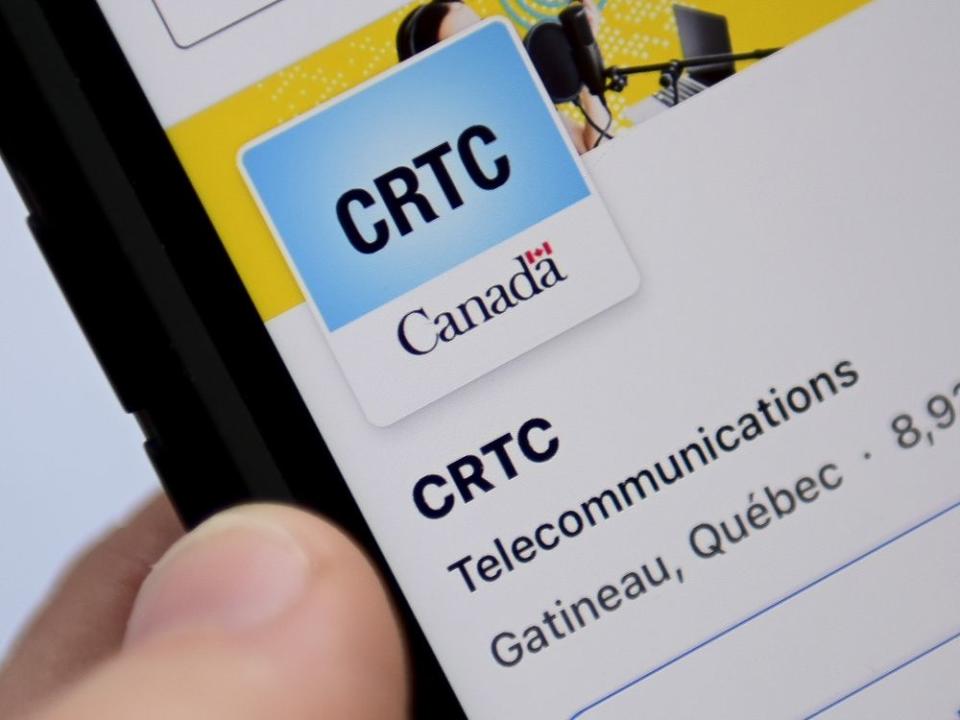Opinion: Latest CRTC decision not very pro-competitive

In a lengthy decision last week, the Canadian Radio-television and Telecommunications Commission (CRTC) claims it has moved one step closer to enabling mobile virtual network operators (MVNOs) in Canada.
What’s an MVNO? The meaning of “operators” is pretty clear. Same for “network.” “Mobile” refers to the network being for mobile phones (not that the network itself is mobile). And “virtual” means the operator does not have its own telecom spectrum or towers but instead rents or buys use of telecom operators’ spectrum and equipment and so has a mainly virtual existence.
Other countries have genuinely virtual MVNOs. They enhance competition and innovation, drive down prices for consumers and offer new and better services that big incumbents tend to ignore until competitive pressures force change on them.
Terminology matters in this highly sensitive telecom business. And, unfortunately, the CRTC ruling has nothing to do with what MVNOs really are. “Virtual” means you don’t need spectrum and you don’t need network facilities.
What the latest CRTC ruling says is that regional telecoms that do have spectrum and facilities, like Freedom, Eastlink, and Videotron, can now get access to the Big Three’s (Bell, Rogers and Telus) networks. Yes, that’s what MVNOs do. But the catch is that to get this short-term MVNO-like access each company must own spectrum and be committed to building its own network facilities within seven to 10 years. The CRTC’s goal is still to make The Big Three a (not-quite so) Big Four.
The beauty of the MVNO model in other parts of the world is that these operators buy access on existing networks and pass along the savings to consumers. As for incumbents, they make money sharing their networks, enabling efficiencies they might not themselves achieve and improving their return on investment as other companies pay to also use their networks.
But despite these potential upsides Canadian telcos have long been reluctant to share their networks. The Big Three have always kicked and screamed at the prospect. And the CRTC hasn’t forced them to — and still doesn’t with this latest decision.
On average, mobile customers in Canada pay almost double the US$25 average monthly fee paid by consumers in 22 developed nations, according to a report by Bank of America Merrill Lynch. That’s not going to change because of this latest decision. But it doesn’t have to be the case.
Sharing networks can work. I’m CEO and controlling shareholder of two companies – Iristel (an Internet-based telephone service provider all across Canada) and Ice Wireless (a wireless company in Canada’s Far North) – that have been sharing their networks for more than 20 years. Many different companies use them, including MagicJack and Uber. We call it “Co-op-etition” since everybody comes out ahead. We win. Our business customers win. And, most importantly, consumers win with lower, fairer prices and more innovative services. Every business school teaches that vibrant competition breeds innovation and benefits consumers. And it does.
This latest “MVNO” decision is not about innovation and benefit to consumers, however. Yes, it helps regional telecoms like Eastlink, Freedom, Videotron and, even Ice Wireless. But these smaller regional players are so far behind Bell, Rogers and Telus in terms of number of customers that this regulatory favour really isn’t going to make much difference for them.
As they rent access to other networks and build their own infrastructure, where will they be seven years down the road? Heavily in debt and unable to be as aggressive as they would need to be to attract customers. And what if they haven’t finished building the infrastructure they’ve promised? Will Bell, Rogers and Telus be allowed to arbitrarily kick them off their networks? Let’s face it, for regional players there’s no real value in putting up a second tower beside an incumbent’s tower that still has excess capacity.
Reading through media reports about the decision, it seems the CRTC’s use of the term MVNO worked as a policy sleight of hand for most observers. But the decision’s nudge in the direction of effective competition could have been so much stronger. As the CRTC metaphorically moves the shells about, consumers will soon discover what’s under them are the names Bell, Rogers and Telus — not real, meaningful competition and lower prices. It seems we won’t get those until a pro-competition government comes to power.
Samer Bishay is president and CEO of Iristel, a Toronto-based Voice over Internet Protocol (VoIP) carrier licensed by the CRTC since 2000.

 Yahoo Finance
Yahoo Finance 